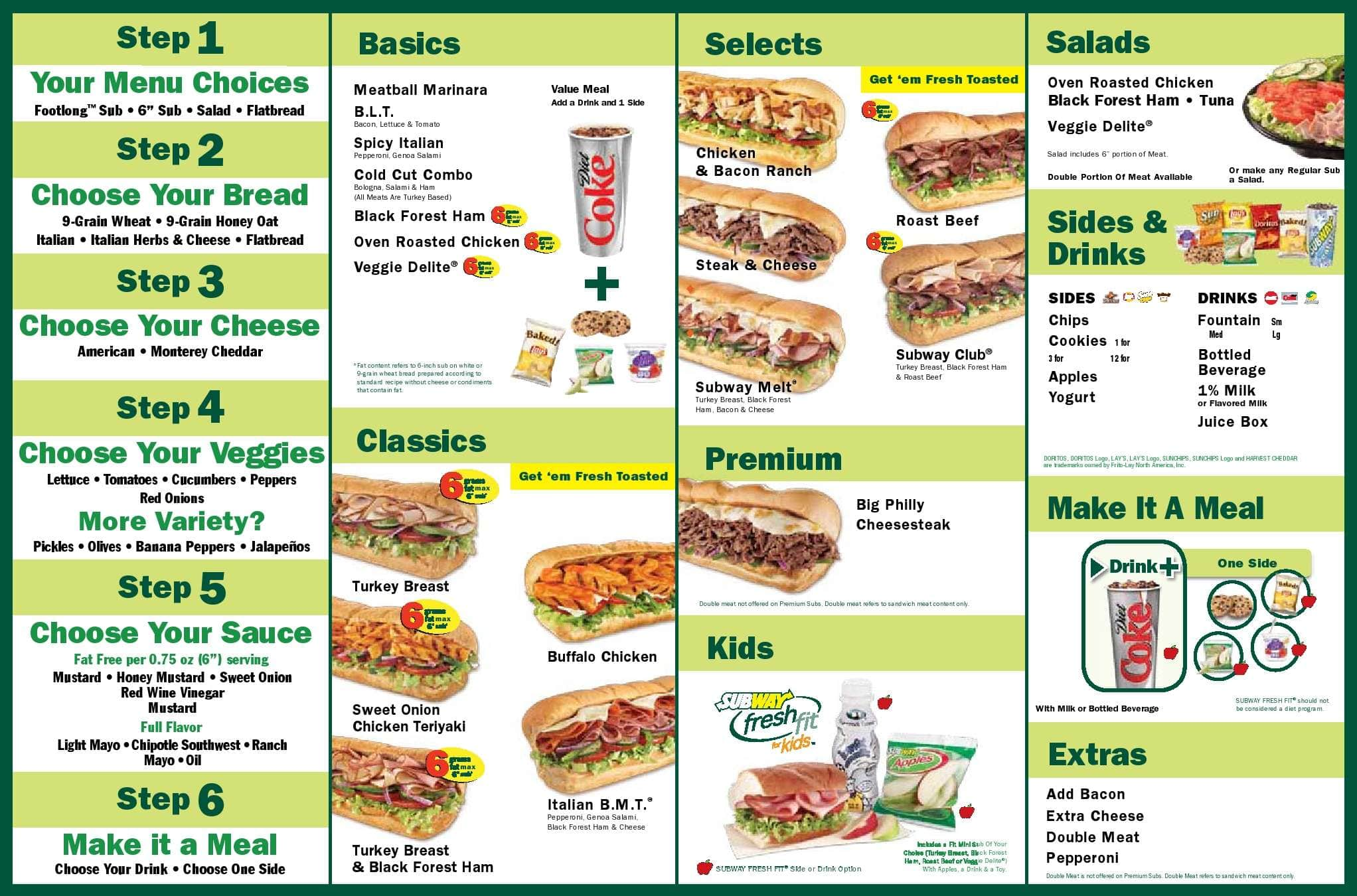Question: What happens when we take a factorial of a negative number? How about a fraction/decimal? Why does it show up with the answer it gives?
Overview: We all know that the factorial of a natural number is just taking that number and multiplying it by every natural number down to one. 1! = 1, 2! = 2, 3! = 6, 4! = 24, 5! = 120, 6! = 720, (...) The issue is broken when we go back from Natural numbers to whole numbers. When we reach 0, the factorial doesn't go down from 1 to 0, it stays at 1. So what happens at a decimal?
The first thing I'm going to discuss is the fact that 0! = 1. At first, it's a bit strange, seeing as it should technically be 0. (Anything multiplied by 0 = 0.) But what we can do is look at it from a descending perspective. The current task is to get from the first factorial below to the second.
This should be simple, as n! = n * (n-1) * (n-2) ... , and (n-1)! = (n-1) * (n-2) * (n-3) ... . Simply enough, we can just divide off n and reach (n-1)! .
By following that logic, we can deduct the following image to contain true information. Because the logic can keep going, this clearly evaluates to 0! = 1. However, there's a certain flaw to this idea, which will be discussed below.
Negatives:
Assuming this statement is correct, this makes a small break when it comes to negatives. Nothing can be divided by 0. So when asked (-1)! , math gets broken. We would need 0!/0 , or 1/0. Undefined. This is why there are no integers below 0 with factorials. Going down to -2 would lead to undefined/-1. There's no such thing. Now, let's go into the odd section: Decimals and Fractions.
Fractions and Decimals:

Welcome to the world of "What the heck is going on?" This is the graph of x! where 10 ≤ x ≤ 3.2 . At least we can make some sense out of this graph so far. We have the whole numbers giving anything we would normally expect. 0! = 1 , and the numbers begin to exponentially grow. All the negative integers go to "undefined" (though unclear on the graph).
For the decimals, I decided to try looking at 0.5! , which is 0.886226925453.
My initial reaction was that it could be the result of a denominator and a numerator that were each factorials. But plugging it into the calculator yielded no fractions with that value. There goes that idea... The only fraction I can think of would be 886226925453/1000000000000.
My next reaction was to take the square root of some imperfect square. But the imperfect square would have to be less than 0.5, so how my next question is: What do we do from here? I'd rather not take the square root of a fraction, which will probably hurt me in the later-run of this exploration... So instead, I multiplied 0.5! by 2. This brings me up to 1.772453851. Alright, so now I feel like I'm getting places. I know this is the square root of a number less than 4, since that would be 2. If the square root was 2, I would be at 1.4... , and sqrt(3) = 1.73. I'm close, but just a bit below. But I don't see a reason for it to be a decimal, unless it was even at 3.5. So what's my next move? I've decided to try to square that value to see what I get. And it gives me... π? It is, unless somewhere down the line it changes away. It seems like 0.5! = sqrt(π)/2 . Well alright then. But it doesn't quite answer what happens for other things, and why does sqrt(π) work?
At this point, I think I've tried a large group of numbers, and a large number of equations to try and help myself solve this. I can't come up with a good relationship between a decimal and the square root of π in order to make a proper rule. And it doesn't exactly help that my calculator doesn't know how to do these factorials.
Edit: I've experimented with everything, even going into integrals (yes, I learned that on my own time), and I still can't find anything useful. I'm gonna Google it and write the results below.
So I found something called the Gamma Function. From what I understand, the Gamma Function is literally the Factorial Function, with the only add-on being shown like this: Γ(x) = (x-1)! . The gamma function, however, is the image below:
Let me explain what's going on in this as simply as possible. Γ(t) is just the way we name this function, similar to how we generally use f(x). But since this is a special (and a very advanced) function, we have a special name for it. After the equals sign, we have the "Integral." This basically takes the next part of the equation and finds the area formed by it from the lower bound (0) to the upper bound (infinity). The area is determined by the distance between the x axis and the function, enclosed by the integral symbol and "dx". The "dx" at the end just tells the integral "with respect to x," basically telling it to find the integral of anything between these 2 pieces of the function. The result is the factorial of the previous number. The below video is a quick simulation I made to simulate the integral of the above graph. The z in the function is essentially the constant, which is 1 higher than the constant you wish to factorial. I animated it on Desmos.
Apparently this only works for positive numbers, and there's an Alternate Gamma Function for negatives.


